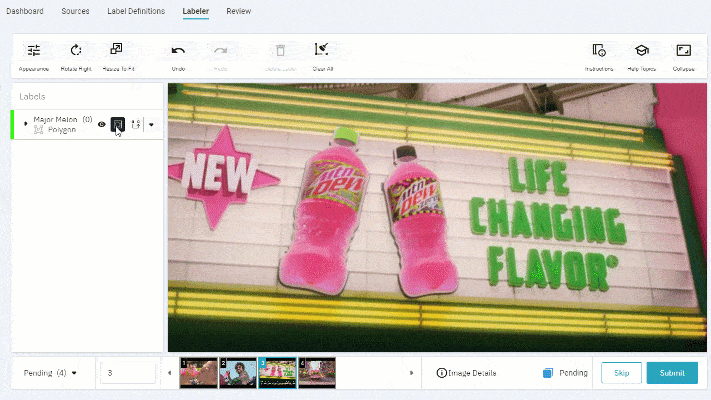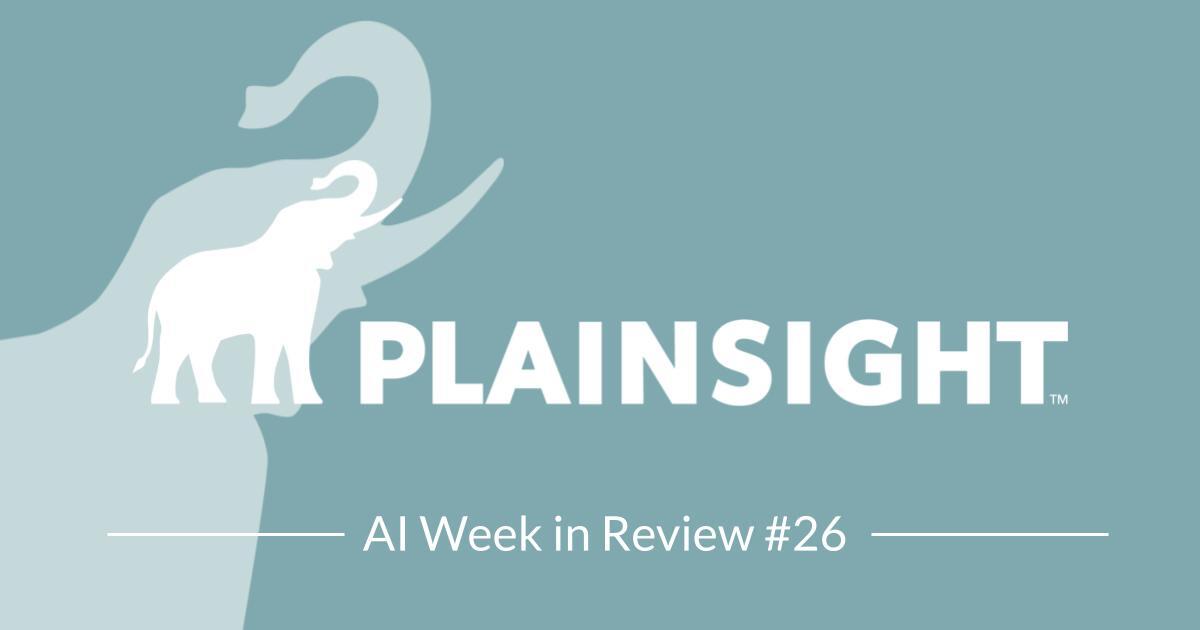ChatTag: Bringing ChatGPT Vision to Image Annotation in OpenFilter
Image annotation has always been one of those tasks that’s both essential and tedious. Whether you’re labeling thousands of product photos for a retail model or identifying components in industrial footage, manual annotation is time-consuming and error-prone.
That’s where ChatTag, Plainsight’s new AI-powered filter, comes in. Built on OpenAI’s ChatGPT Vision API, ChatTag automatically analyzes and annotates images within your OpenFilter pipelines—no manual labeling required. It understands what’s in an image, draws bounding boxes, assigns confidence scores, and even generates datasets for you. In short, it’s like having an intelligent assistant that sees and labels your data for you.
Smarter, Faster, and Built for Real Work
At its core, ChatTag uses ChatGPT Vision to bring human-like perception to computer vision workflows. It doesn’t just detect “a thing in a frame”—it interprets what that thing is, how confident it is about that interpretation, and how it fits into your project’s schema.
This makes it highly adaptable across domains. You can use the same filter to:
- Identify produce in a grocery dataset
- Tag vehicles on a busy street
- Annotate industrial parts for quality control
- Label medical images for diagnostic models
Because the prompt is configurable, you can tune ChatTag for whatever annotation goals your use case demands. It’s a flexible, plug-and-play solution that fits directly into the Plainsight ecosystem.
What Makes ChatTag Different
ChatTag isn’t just another image labeler—it’s a bridge between vision and understanding. Here’s what sets it apart:
- AI-Powered Annotation: Powered by ChatGPT Vision, it can classify and describe objects with human-level reasoning.
- Domain Agnostic: Works on any image—from food to machinery to medical scans.
- Custom Prompts: Define exactly how you want annotations to behave with your own prompt files.
- Dataset Generation: Export ready-to-train datasets in COCO, JSONL, or binary classification formats with a single setting.
- Cost Optimization: Resize or compress images to reduce API usage while maintaining quality.
- Real-Time Visualization: Monitor annotations live through a built-in web interface.
In other words, ChatTag takes the power of multimodal AI and turns it into a practical, production-ready tool for teams that need high-quality labeled data at scale.
Flexible Modes for Any Workflow
ChatTag is designed to fit how you work—not the other way around. You can run it in several modes, depending on your goals.
- Standard Annotation Mode
This is the bread and butter. For each frame passed through the filter, ChatTag analyzes the content and attaches structured annotations to the metadata. You’ll see everything from object presence to bounding boxes, complete with confidence scores and token usage stats. - Dataset Generation Mode
If you’re building or expanding a training dataset, enable save_frames. ChatTag will automatically export multiple dataset types—binary classification, COCO detection, and JSONL—so you can jump straight into model training without extra formatting work. - No-ops Testing Mode
Need to test your pipeline without hitting the API? Set no_ops=true, and ChatTag will simulate responses with default annotations. It’s a fast way to validate configuration and performance before running real inference.
Easy to Configure, Easy to Scale
ChatTag’s configuration system is simple but powerful. All parameters can be set in code or through environment variables—perfect for automated deployments and containerized environments.

Or configure it directly in Python:

With a few lines, you can go from raw image streams to fully annotated datasets.
Easy Integration with OpenFilter
.png?width=1920&height=1080&name=Plainsight%20Names%20Kit%20Merker%20as%20CEO%20(14).png)
Like all Plainsight Filters, ChatTag is built to integrate effortlessly into OpenFilter pipelines. You can run it as a standalone component or chain it with others like VideoIn, Webvis, or Aggregator.
Example:

Why It Matters
The future of computer vision isn’t just about faster models—it’s about smarter data. High-quality labeled data remains the foundation of effective AI systems, and ChatTag makes creating that data faster, cheaper, and more scalable.
By integrating OpenAI’s vision capabilities directly into Plainsight workflows, ChatTag removes the friction between perception and production. Teams can focus on solving problems—not labeling them.
Final Thoughts
ChatTag represents a new phase in the evolution of visual AI. It combines the intelligence of ChatGPT Vision with the robustness of Plainsight’s OpenFilter platform, giving developers, data scientists, and vision engineers a more intuitive way to turn images into business critical data.
If you’ve ever wished your annotation pipeline could just “see” and describe what’s in front of it—ChatTag is your wish, delivered.
Check out more Filters on our OpenFilter Hub.
You May Also Like
These Related Stories

Solving the Mountain Dew Super Bowl Challenge with Object Detection

Diet Super Vision with a Helping of ChatGPT-Inspired Meals
.png)
No Comments Yet
Let us know what you think